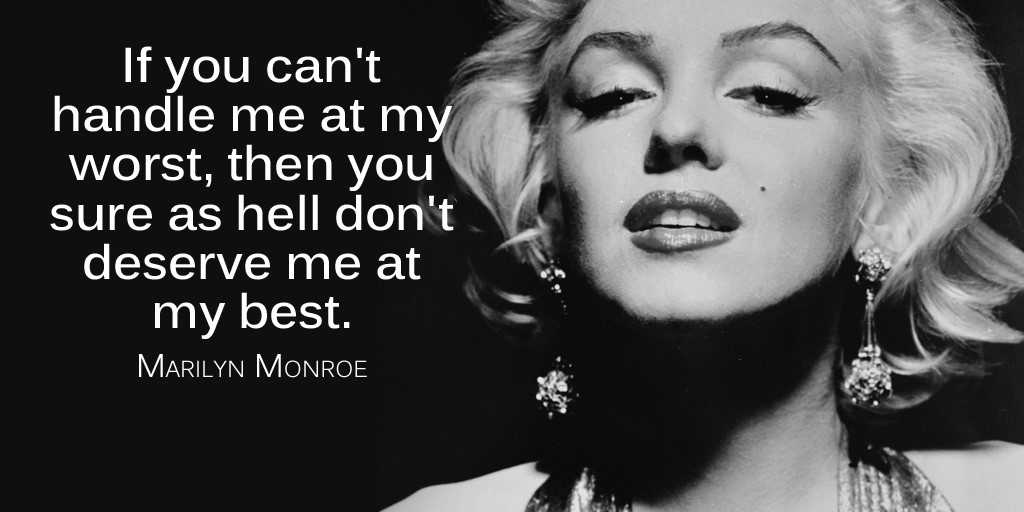We are living in a society where young girls are under a misconception and wrong belief that, in order to improve their self-worth or self-image, or to feel more confident, they need to get a certain kind of figure (which they idealize, and differ from female to female).
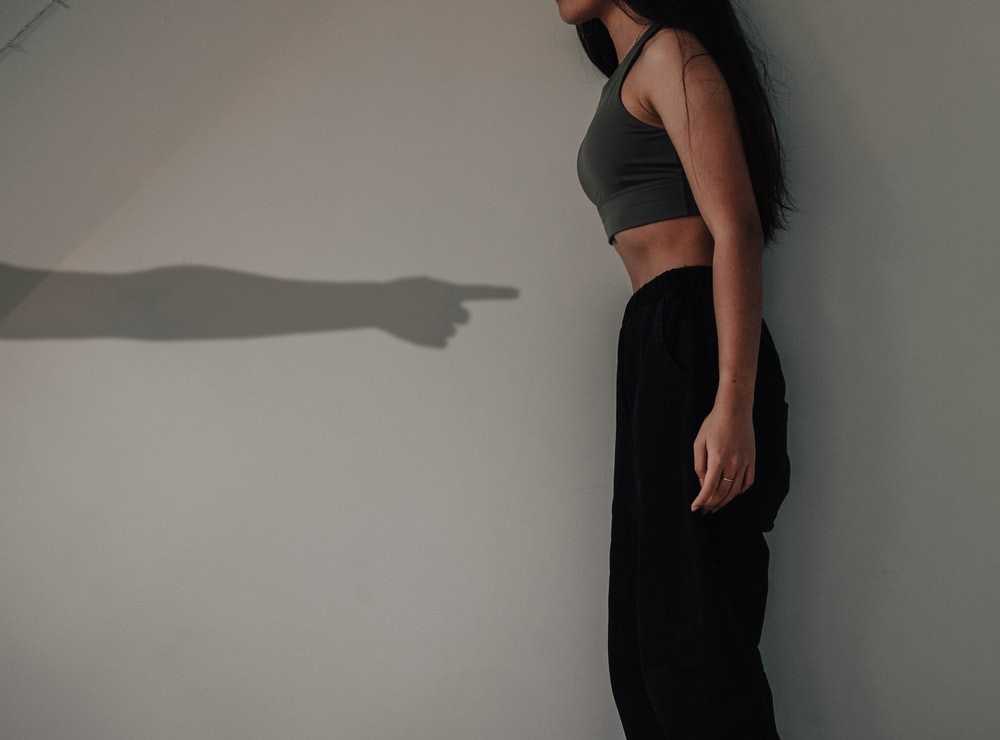
Girls think that their body defines their self-worth. Girls are virtually terrified to gain weight, and are constantly bombarded with quick weight loss solutions & size-zero figures, on the social media.
The media tries to set unattainable and absolutely unrealistic standards of beauty and attractiveness, which makes the females extremely insecure about their bodies and physical appearance.
This has taken a heavy emotional and mental toll on these women. They are feeling inadequate and extremely low in self-esteem. They are stuck in a vicious cycle of body-hatred and unrealistic expectations.
Body image is a combination of thoughts and feelings that you have about your own body. You can have a negative or positive body image. Simply, one can feel positive or negative about their body, or in most cases a combination of both.
When a person is able to accept, appreciate and respect their body, it means he has a positive body image. A positive body image is very important for an individual, and is associated with higher self-esteem, self-acceptance, and healthy behaviors.
“Someone has a positive body image if he or she is attuned to the reality of his or her physical shape and size. This person fully understands his or her weight, the form of his or her body (from curves to wrinkles), and the way his or her body moves and functions”
When a person has constant negative thoughts & feelings about their body, it’s what we call as Body Dissatisfaction. There is a disconnect between what a person think they should look like and what they actually look like. This does not mean, that if you are obese, then you should accept it. This is more to do with unnatural and extreme in terms of the type of body you idealize.
For e.g. a pressure to catch up and meet up with a certain ideal appearance. And it’s this body dissatisfaction which drive people to engage in unhealthy and extreme behaviors like starvation diets, leading to disordered eating (anorexia, bulimia nervosa), multiple nutritional deficiencies, and long-term medical complications:
- Excessive fasting.
- Obsession with counting calories to the last decimal.
- Eating everything by weighing to the last gram.
- Going extreme in exercise without adequate recovery.
- Consuming extreme supplements like fat burners and anabolic steroids.
- Giving more value to your appearance than your self-worth, thinking that others judge you on the basis of your looks
- Excessively checking yourself in the mirror, be it your muscles, your skin or your appearance, a sort of Body Dysmorphic Disorder, where a person sees an extremely distorted view of what they actually look like, and they spend hours trying to conceal/hide their flaws.
- Checking your weight multiple times, a day on the weighing machine, and your mood is decided on whether the scale shows an increase or decrease.
- Assuming something is wrong if you can’t fit into some ‘standard size’ of clothing.
- Spending tons of time on your clothing, hair, make-up and appearance.
- Thinking and talking negative about everyone who are of higher weight.
- Having an opinion on everyone based on their appearance, without knowing anything about the person as such.
- Avoiding social gatherings from the fear that people may judge them on basis of their looks or physique.
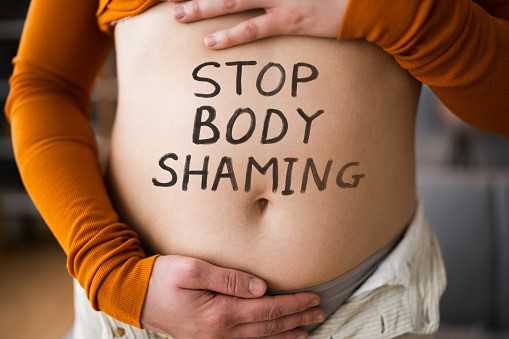
Though body dissatisfaction can occur in all age groups, but:
- Women are much more likely to experience it.
- People with higher weight are at an increased risk too, because of the society’s negative view towards weight.
- High achievers, and people with perfectionistic tendencies, are also at greater risk, as they are constantly comparing themselves with others.
BODY IMAGE & THE SOCIAL MEDIA
Media, and lately the social media has been a leading contributor to body dissatisfaction. Images with every possible filter, and extreme editing, create an unrealistic picture in the minds of people. People viewing such content are constantly comparing themselves to these images and feeling dissatisfied and anxious.

The media have often put forward a standard of beauty that is mostly unattainable through videos, images, articles and advertisements. These beauty standards target the female population, pushing upon them and image that society has passed off as ideal. This unattainable beauty standard has oft lead to persons practicing unhealthy habits. Even though a vast majority of these standards are created via applications such as Photoshop and does not really exist, these images are put forward as though they are real.
Remember, one thing, there is nothing called as ideal weight, size, shape or appearance. These are changing fashion trends. You will have a stark difference in the body type of actors and actresses from the 60s, 70s & 80s, if you compare them with the current trend of sharp six packs in the male actors, and being skinny in the actresses.
Women in particular, have been portrayed as their individual parts on the social media, than as a whole being. It’s the 3Bs which they are more often associated with – Boobs, Belly & Butt. Bigger or smaller boobs, flatter belly and curvy butts. Isn’t this mostly the story on virtually every other Insta account.
Men, on the other hand are obsessed with every part of the female body, but the butt and boobs are what they are most attracted to, mostly due to the sexual associations with these parts. And the media is the one to fuel the fire and shift from one part to another.
There was a time when the boobs were trending and were the center of attraction, then came the flat belly, and nowadays, it’s the butt. That’s the reason the social media today, is bombarded by pictures & videos of girls’ big butts. Though Boobs rank a close second.
An Indian study of 1200 college girls found that, body image dissatisfaction was there among 77.6% of the girls. It was found that factors such as higher BMI, sociocultural pressure to be thin and depression were all significantly associated with body image dissatisfaction. The most commonly followed weight control behaviours were eating small meals and skipping meals. Improving the appearance and body shape were the main reasons for weight control behaviours.
The study also showed that 23% of the underweight people were satisfied with their BMI, and among those who were dissatisfied 7.4% wanted to reduce their weight further. Similarly, 71% of the normal BMI category was dissatisfied with their appearance of which 58.3% wanted to reduce their weight. This clearly shows the tendency for liking toward thin body shapes.
Body image dissatisfaction is seen more among higher socioeconomic status. Urban adolescents have more body image dissatisfaction compared to rural.
Another study found that, appearance-related social media use would be positively and significantly associated with body dissatisfaction in girls and boys. Additionally, thin- and muscular-ideal internalisation were positively and significantly correlated with body dissatisfaction in girls and boys. As adolescents are now faced with the unhealthy standard of the ‘strong’ and ‘skinny’ paradox on social media, it is unsurprising that those who endorse such ideals also experience body dissatisfaction.
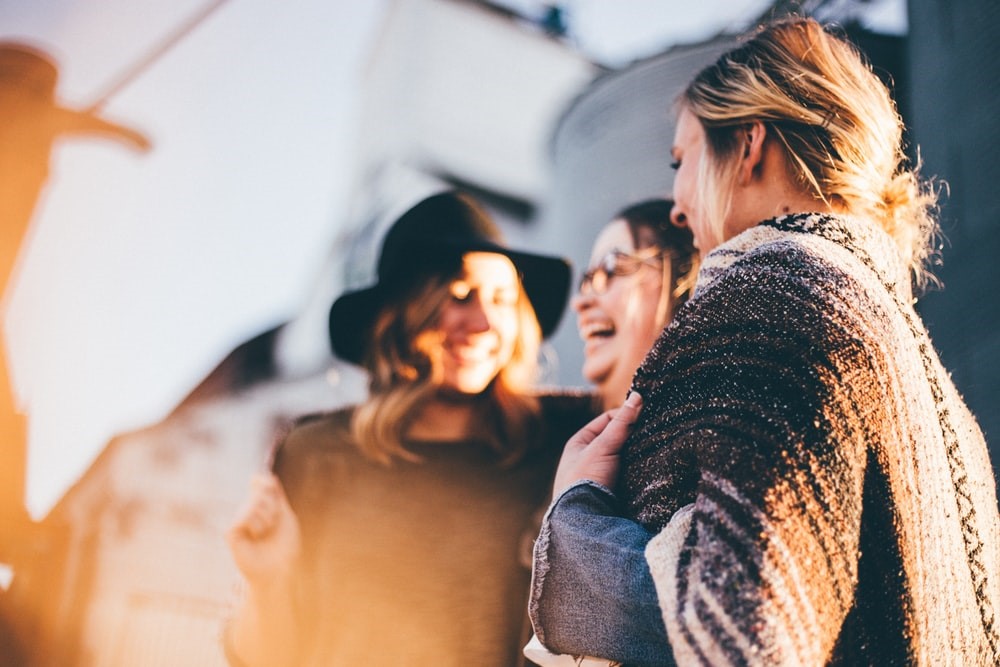
A study, investigated the effect on women’s body image of exposure to ‘Instagram vs reality’ images, an emerging contemporary social media trend. As predicted, it was found that exposure to paired ideal-real images, as well as to real images, resulted in lower body dissatisfaction than did viewing idealized Instagram images.
Not that all images create a negative body image. A study found that “active females believe that social media imagery affects one’s body image in both positive and negative ways, depending on the types of imagery viewed, with “thinspirational” photos eliciting feelings of empathy and sadness, and “fitspirational” images evoking feelings of motivation and empowerment. Heightened levels of body image satisfaction were found after viewing “fitspirational” images”.
Among female college students, two principal examples of beauty ideals coexist: the athletic-ideal and thin-ideal. The internalization of the athletic-ideal predicts compulsive exercise. And media is the primary source promoting such ideals.
A study found that, “the thin-ideal seems to be widespread in social media. This ideal can promote unhealthy measures, such as dieting, increase body dissatisfaction and disordered eating attitudes. In this sense, the desire to change the body image and taking unhealthy measures was common, given the proliferation of the use of the social network sites where images and content encourage women to aspire to unrealistic and unattainable body ideals.”
A study, examined whether trait physical appearance perfectionism moderates young women’s body image following upwards appearance comparison to idealized body images on social media. From the study of 142 undergraduate females, it was seen:
- Comparison to idealized bodies on Instagram resulted in lowered confidence.
- Comparison to idealized bodies on Instagram resulted in increased body dissatisfaction
- Physical appearance perfectionism predicted negative body image after body comparison.
Another study, investigated the relationships between healthy women’s estimates of their own body size, their body dissatisfaction, and how they subjectively judge the transition from normal to overweight in other women’s bodies (the “normal/overweight” boundary). They found that:
When the participants, compared other women to an internalized Western “thin ideal,” whose size reflects the observer’s own body dissatisfaction. As dissatisfaction increases, so the size of their “thin ideal” reduces, predicting an inverse relationship between the “normal/overweight” boundary and participants’ body dissatisfaction. Alternatively, participants judge the size of other women relative to the body size they believe they have.
YOUR BODY DOESN’T DEFINE YOU
- Start accepting that nature/God created people in all shapes & sizes. It’s not a mobile factory, where all phones will be copy of each other.
Accept your genes. You are who you are. Someone asked me that I want to look like Hrithik Roshan. I simply said, “you have to take birth again and make sure you are born to his parents, that’s thy”. Your genetics play a major role in majority of your physical traits. There are many aspects of your body, you can’t change. And that’s why you have to accept them. Which is the most difficult part.
No two people are the same. Stop comparing yourself with the pictures in the media. Of course, you can change the shape of your body, by getting fit and strong, but you can’t change the color of your skin, or the way you look.
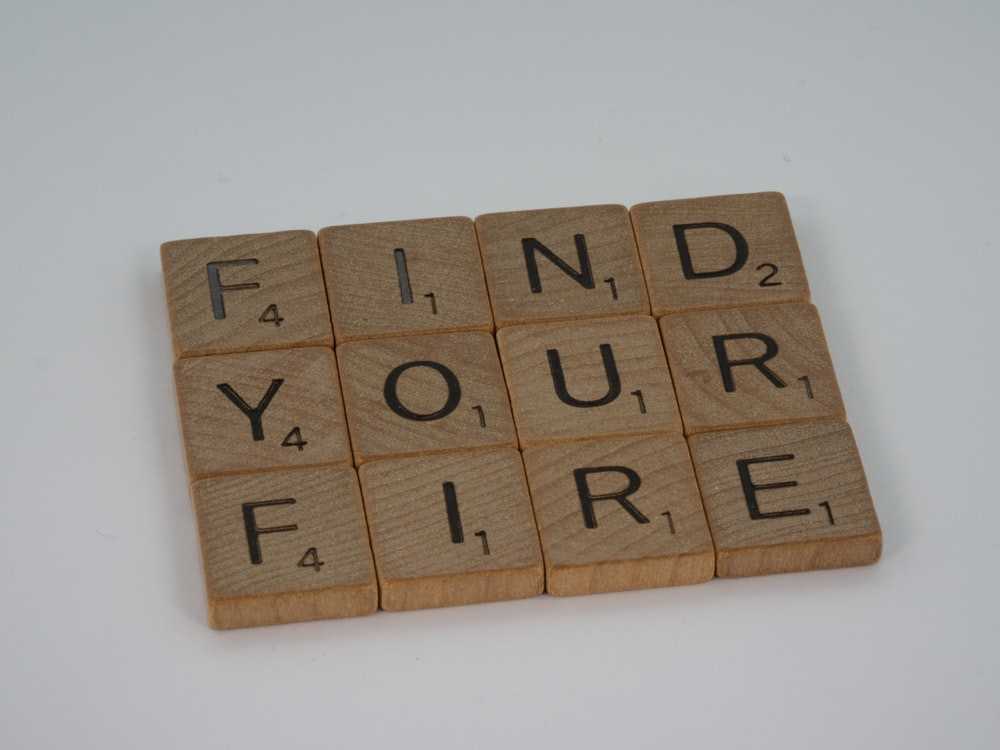
2. Remember, society’s beauty standards keep changing with time, and have changed multiple times in last 50 years. Actresses who were considered full-bodied and beautiful back in the 60s, 70s & 80s, & 90s like Madhubala, Sadhna, Waheeda Rehman, Hema Malini, Sridevi, Meena Kumari, Nargis, Vyjayanthimala, Mumtaz, Parveen Babi, Rekha, Juhi Chawla, Madhuri Dixit etc. will be considered overweight by todays’ standards.
Unfortunately, anorexically thin, wasted away actresses, suffering from eating disorders, are the ones setting the standards of beauty today. Thanks to amazingly talented actresses like Tabu, Huma Qureshi, Vidya Balan; South Indian actresses like Nayanthara, Anushka.
3. Aim should be to get fit & strong, not thin and weak, as is being propagated. This one aspect, if you understand properly, you will literally change the way you think of fitness and your own self.
Aim for overall health and wellbeing. If you are overweight or obese, the reason for you to lose excess fat, is to be healthy first. Getting skinny has nothing to do with health or even looks. It’s just a case of negative body image, due to the societal trends.
Being obese can lead to variety of health issues, which puts a tremendous mental and financial burden on the individual, their family and country as a whole. That’s why everyone should be aiming to remain fit and healthy.
Remember, if higher fat percentage can lead to health issues, so can extremely low-fat percentage, in both men and women.
4. Have a strong goal. Most of the fake influencers you see on the social media, have only one goal, to somehow gain fame, by hook or crook. They spend their entire time & energy, on creating controversies and doing nonsensical things on social media.

The picture above, is of the amazing women space scientists of India, who led the Indian mission to Mars. Do you find anyone with size zero figure, doing non-sensical stuff on social media? They probably won’t even know, how to operate Instagram.
Now search for such achievers in any field be it doctors, engineers, scientists, designers, athletes, soldiers, civil services officers, architects etc. and what you will find common is a crystal-clear goal, a laser sharp focus, and back-breaking effort to achieve it. Imagine the plight of our country if such women start focusing on size zero figure instead of their goals.
5. If someone can’t accept the way you are, then they don’t deserve you. You are beautiful the way you are. If you are obese or underweight, a person who truly cares for you, will love you in all your shapes and sizes, not when you get fit.
